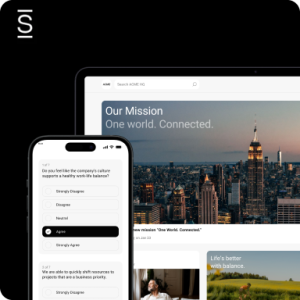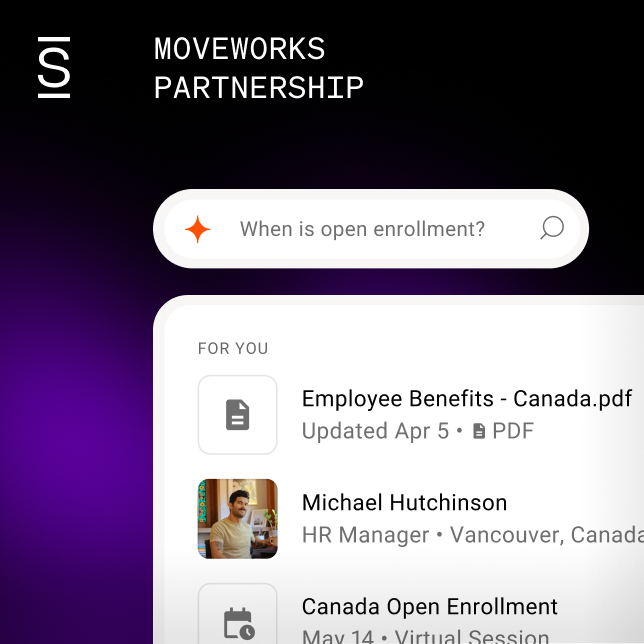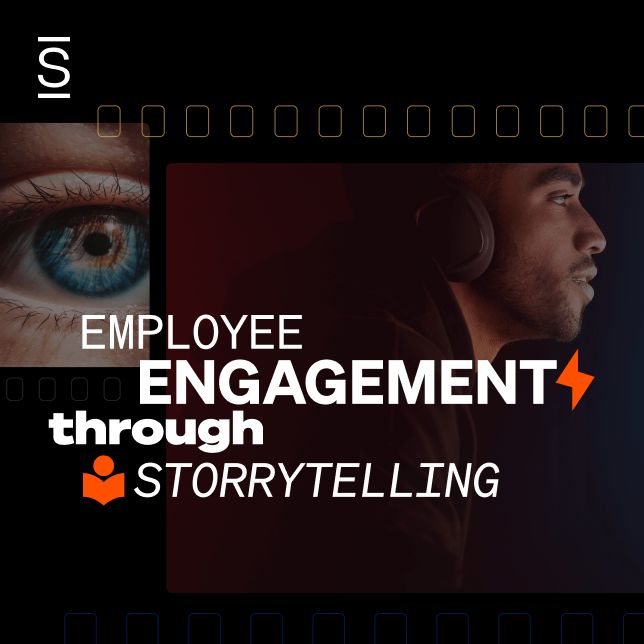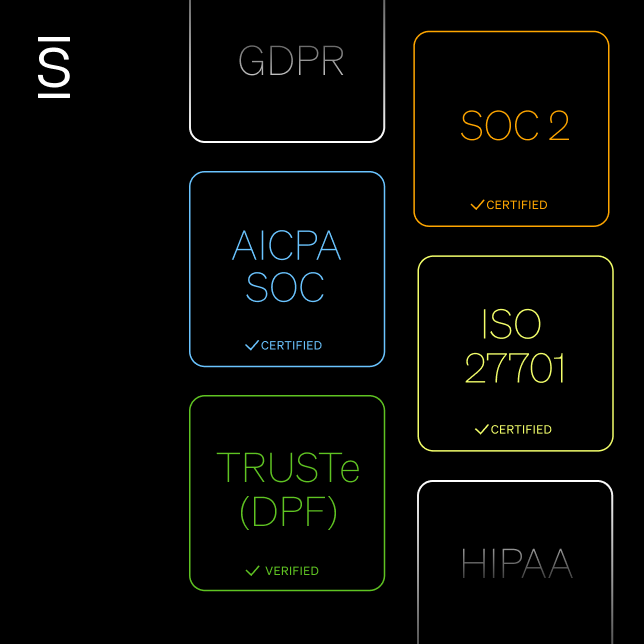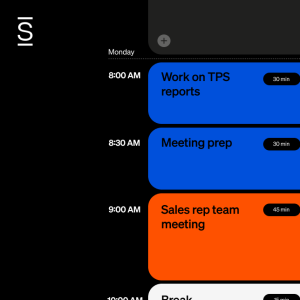How on Earth, or anywhere else, do aliens communicate with each other? Most of us struggle to master a second language, so how do people from different worlds communicate? Suspending our disbelief momentarily, there’s a lot to be learned from how these creatures overcome communication barriers.
We all know communication is more than speaking a language. It includes gestures, body language, and reading between the lines. We get that a criminal inter-dimensional monster is angry as it lashes its tentacles and gnashes its teeth—but why, and what does it mean? Is he hangry, having run out of planetary resources to devour?
How can we be more like the sweet-natured empath, Mantis, from Guardians of the Galaxy? When she wiggles her fleshy forehead feelers, we know some next-level insight is afoot. Does it require supernatural powers to decipher feelings? Quick answer: It does not.
Quality communication goes beyond talking or delivering a message. It is the foundation of collaboration, decision-making, and effective management in companies and organizations worldwide. Beyond that, it’s critical for the management and resolution of wider issues like geopolitical, economic, or climate crises and conflicts. It’s vital in the family circle, at schools, colleges, in the military, at the office, and just about anywhere people go about their daily lives.
It’s important to promote good communication in all we do, and we must overcome barriers to doing so in the workplace. We’ll briefly review some key barriers and focus mainly on strategies to help you overcome them, as inspired by an unlikely squad of superheroes. If they can coalesce and transcend communication barriers, so can you!
First, those barriers.
Some common communication barriers
There are so many potential communication barriers, but key areas include:
- Cultural disconnects, exhibiting a lack of understanding of the beliefs and behaviors of others.
- Linguistic challenges where companies forget to account for other languages beyond that of the majority and are stymied by jargon, buzzwords, or slang.
- Emotional barriers, like mistrust, anger, fear, resentment, or suspicion.
- Perception of or by employees, with subconscious assumptions or perceptions taking hold and creating distance.
- Attitude challenges, including your or others’ conscious perception and outward expression toward a particular person or situation.
- Technological struggles where workers do not have the correct communication software, hardware, tools, or skills.
- Organizational concerns, where there are obstructive hierarchical management structures.
- Physical constraints, including closed doors or screens, creating actual barriers.
Every sort of barrier can be overcome with a little creativity.
Strategies to overcome communication barriers
1. Actively listen
Listening is not merely a question of keeping quiet until it’s your turn to talk. Active listening is, in fact, a critical part of communication. Assumptions must be put aside, and interrupting is a no-no. Make sure there is eye contact and that your body language is positive and attentive.
Our heroes in Guardians of the Galaxy hardly have time to listen to anything, let alone actively listen. Still, it must be happening somehow, or else how does Peter Quill, Star-Lord, communicate with a tree, a living weapon woman, a cyborg assassin, a wisecracking raccoon, an empath, and others, and successfully attract a top team to help him and others achieve their goals?

2. Maintain a positive attitude
Inadequate communication can cause failures, but sometimes, even with every effort to achieve the best communication standards imaginable, things go wrong. It’s important to maintain a positive attitude and to be accountable.
It’s also essential to be patient, remind yourself to use an appropriate voice and tone, and start over with an open mind.
Imagine the Guardians’ challenges with Groot, who only has three words, “I am Groot.” With patience, support, and the right attitude, his colleagues gradually come to understand that it’s not so much what Groot says but how he says it that best transfers his quality-before-quantity information.
Once his abilities are recognized and communicated, Groot becomes an indispensable cornerstone of the team, laying down his leafy life in the end so his teammates might survive.
3. Use clear, concise language
It’s best to mean what you say and say what you mean as simply and directly as possible. Avoid slang, jargon, and buzzwords, as people who speak other languages or belong to different cultures might not understand the meanings of these. In some instances, the phrases may even be offensive.
Overly technical terminology should also be avoided if unnecessary. Stick to the point and be aware of social, cultural, and language differences. When Peter Quill has Spiderman in a headlock, the conversation, started by Peter, goes like this:
“Wait, who are you?”
“We’re the Avengers, man.”
It couldn’t be clearer, and it’s all Peter needs to know. There’s a wealth of information for us, too, right there in those eight words. They move the plot forward and that momentum is what any business needs.
4. Open up the communication channels
Multiple channels are necessary for individuals and teams to virtually connect. And everyone must feel free to share opinions and ideas, give feedback and ask questions, whether face-to-face or using technology.
Accidental team leader Peter is no smooth-talking motivational speaker. He delivers his messages during times of crisis in a hard-hitting way: “When I look around, you know what I see? Losers.” And Rocket, the raccoon and a sub-leader of sorts, is even worse.
If his team weren’t a million light-years away in the far-flung reaches of the Galaxy, high levels of employee turnover wouldn’t surprise us in the slightest.
They’re not the best at team building. And employees, if they had any, would be afraid to ask a question or offer an opinion unless they were equally harsh in their communications. This is not a quality to emulate.
5. Be aware of cultural differences
Cultural awareness is necessary to recognize and respect differences. It helps to understand the impact of varying backgrounds on communication styles. People who have learned a second language might have done so via a formal or literary method and could be unfamiliar with the colloquial use of that language.
While it’s always a great idea to avoid taboo subjects, it helps to remember that some people don’t understand buzzwords or jargon, might find slang offensive, and can’t get their heads around innuendo or sarcasm.
Communication isn’t only written or verbal. Look out for non-verbal cues and signals or gestures and body language to better help understand what is needed.
Here, we look to Guardian Drax, the most literal creature ever. When told that a joke had gone over his head, he retorted that it couldn’t have because his reflexes were fast, and he would have caught it. The intended meaning isn’t always clear, and it’s hard to spot those instances without occasional Awareness Checks.
The cultural diversity of the Guardians of the Galaxy team consists of different languages and attitudes. We also have different colors, species, loyalties, abilities, functions, etc. One could consider it unbelievable, but when the team collaborates, when differences inspire creative ideas and innovative solutions showcasing their strengths, then anything is possible.

6. Pay attention to technical solutions
Reliable and user-friendly technology found in a modern intranet gives workers the training and support they need to get their work done efficiently.
Communication technology must be fit for the purpose. If it’s not, as we can clearly see from the situation in the movie, nobody will have the faintest idea of what’s going on. And this leads to catastrophic failure in any business or movie plot.
Fans who’ve researched communication techniques will know that Guardians carry translator implants, so they are heard and understood in different languages. Their communication stars allow them to speak and listen over vast distances, track and locate one another, and initiate transport to other ships.
Seamless communication is needed for fight scenes, chases, galactical aviation dogfights, interplanetary exchanges, and interaction across timelines. The uses in a company are less dramatic but equally useful when working with distributed teams!
Types of communication
We’ve already mentioned that communication isn’t only about sending and receiving written or spoken messages. Here are the main types of communication of which to be aware:
- Verbal – the spoken word, including sign language
- Non-verbal – silent gestures like raising eyebrows, winking, pulling a face, smiling, doing something with the hands, or using body language to convey a message
- Written – handwritten notes, messages and letters, emails, or messages sent and received on mobile apps
- Listening – active listening, paying full attention to what a speaker is saying
- Visual – photographs, paintings, pictures, artworks, video, or film material
How to measure and evaluate communication effectiveness
Once you’ve got the best communication system in the galaxy up and running, how do you know if it’s working as intended? Is it giving both employees and the organization what they require? Measuring and evaluation are critical for these reasons. It’s important to regularly identify areas that are working well and those needing improvement.
You’re going to want quick surveys, feedback on email and message open rates, and focus groups, alongside regular assessment of communication activities on your intranet. Evaluating an organization’s communications on all levels and across all channels can enhance company culture and drive performance and productivity. Plus, you’ll get valuable insights into employee engagement, work ethics, and commitment.
The finale
Clear, consistent, inclusive communication is key to the progress of any individual, team, or organization, no matter the circumstances. Learning about communication barriers is important, and creating strategies to overcome these must be prioritized.
- Remember to maintain a positive attitude, listen actively, and always be sensitive to cultural differences.
- Be clear and concise in all the communications you send, be they verbal, written, or silent, and make as many channels as possible available to suit all needs.
- Measure and evaluate the effectiveness of your communication system and keep tools and technology up to date.
The Guardians use effective communication to make progress toward their goals, particularly in times of crisis. It’s reasonable to conclude that great communication drives increased productivity and profit.
The team made enough money to buy Nowhere and set up their own superhero HQ. They could afford to recruit and onboard new creatures like Nebula and Mantis, and, not forgetting the importance of communications, they also appointed Cosmo, a talking dog with telekinetic superpowers. To top it all and make life easier, they bought a spaceship.
All was a result of effective communication. Now imagine what you could do at your company with an AI-powered setup. Reach out for a demo, and let’s explore where the future of internal communications can take your business in the next year!


